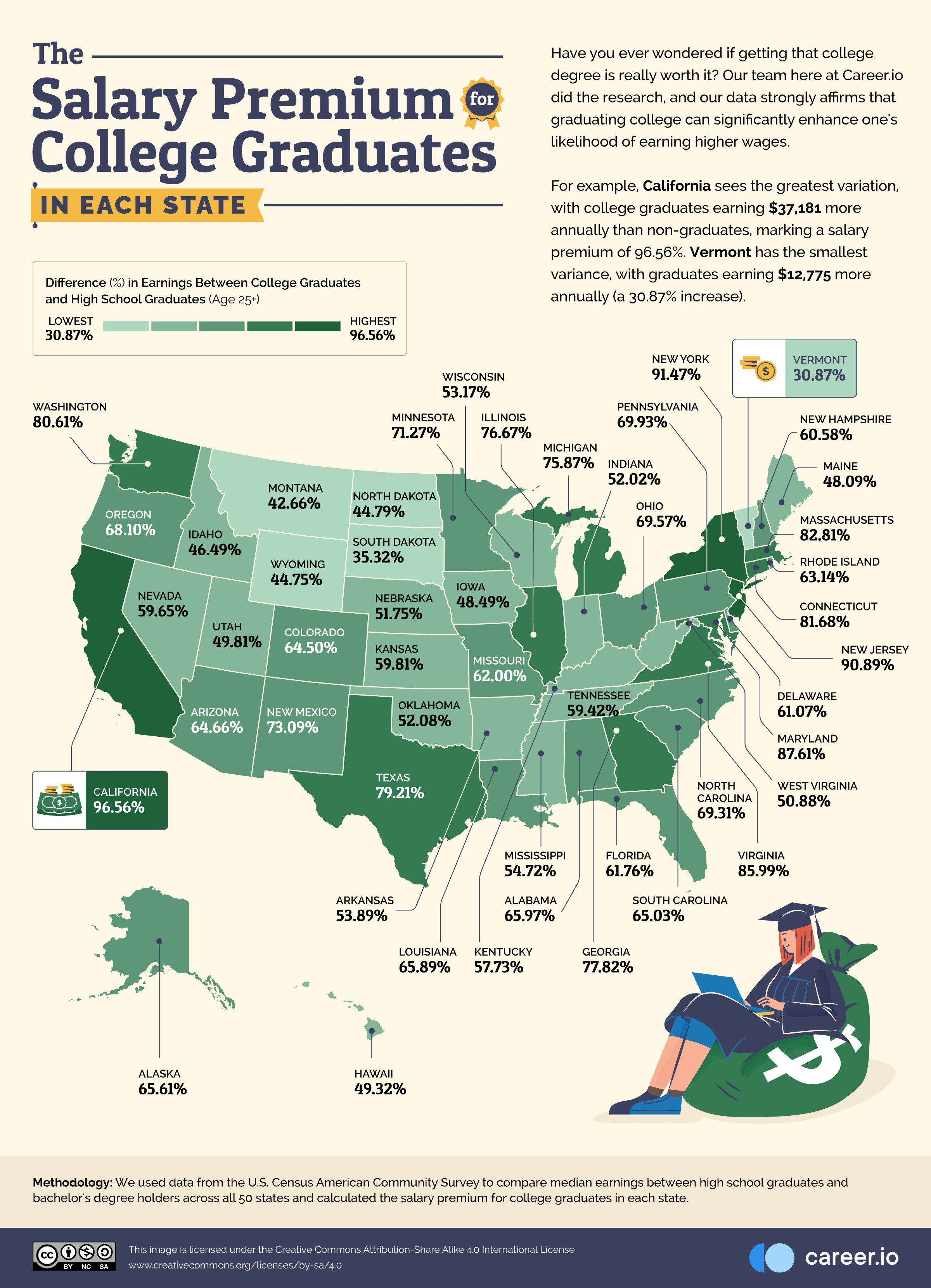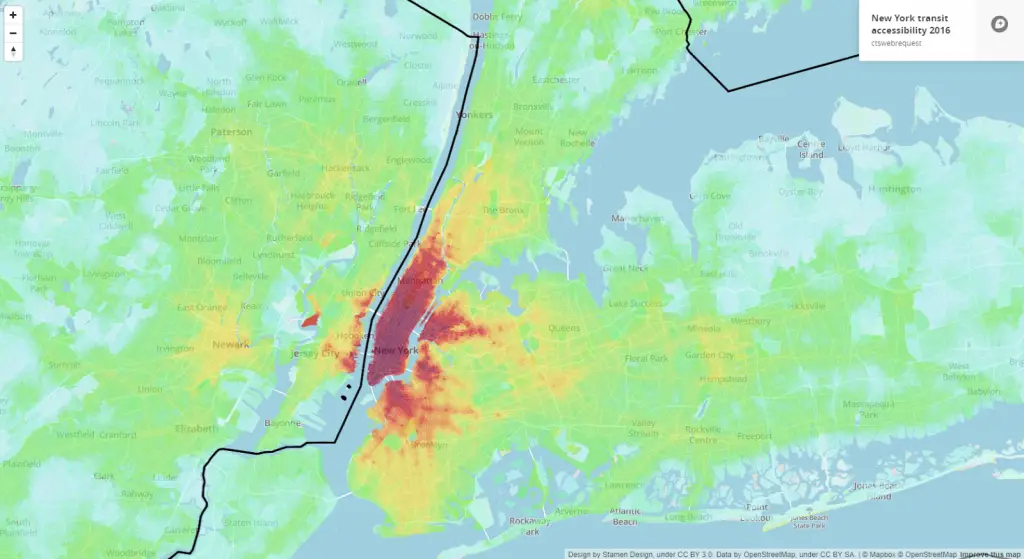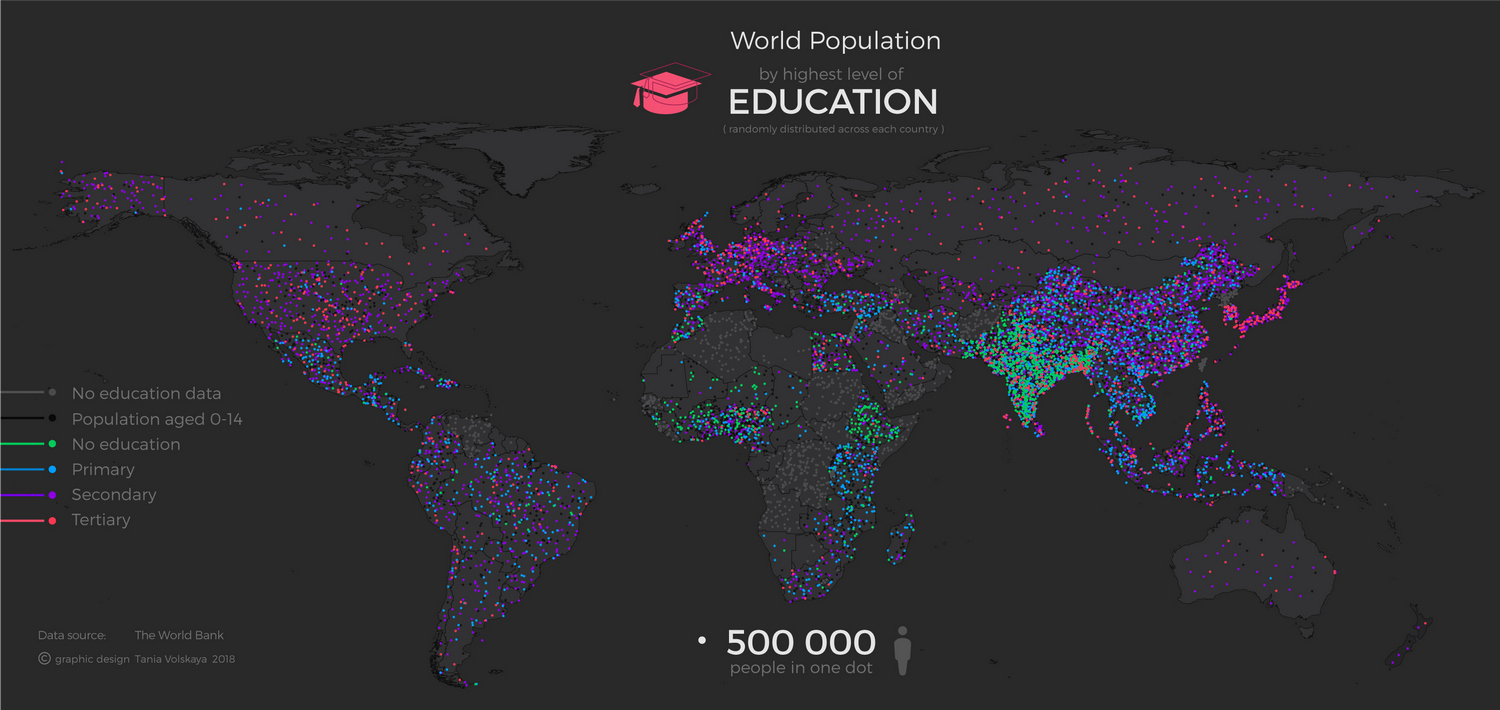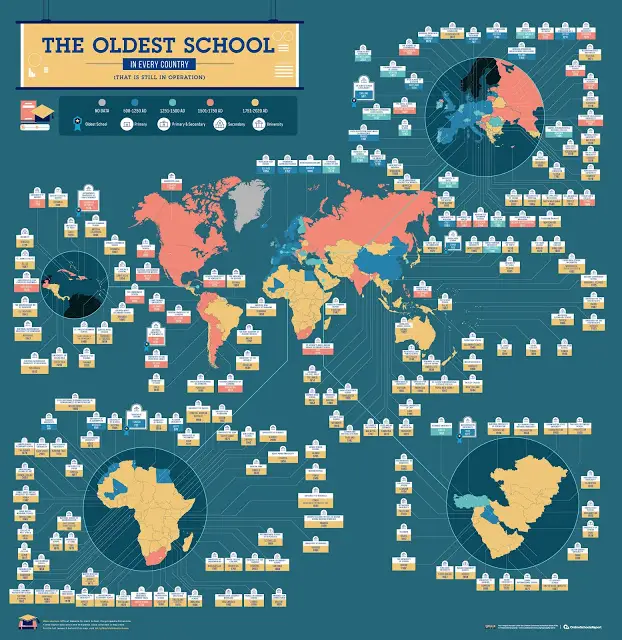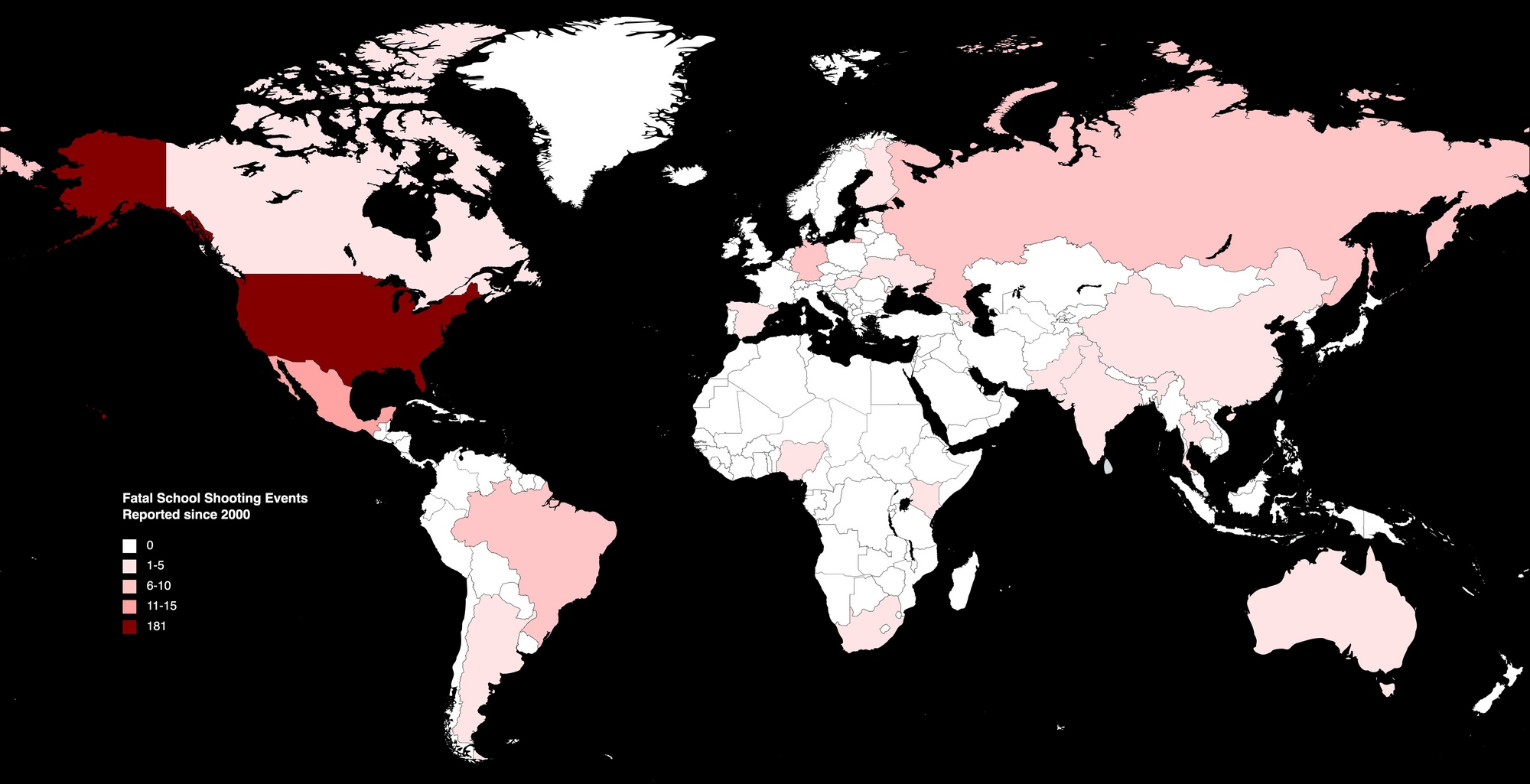Mapping America’s Education Landscape
This post may contain affiliate links. As an Amazon Associate, we earn from qualifying purchases.
Across the diverse expanse of the United States, education plays a crucial role in shaping communities and opportunities. Two fascinating maps shed light on the educational landscape of the country, revealing some surprising insights about college accessibility and school funding.
College Access Across America

When we picture a map of the United States, we often imagine bustling cities and sprawling suburbs. However, this eye-opening visualization from The Chronicle of Higher Education tells a different story – one of educational “deserts” where higher learning institutions are few and far between.
The map shows that a staggering 11.2 million adults – 3.5% of the adult population – live more than an hour’s drive from a public college. Perhaps unsurprisingly, the western states bear the brunt of this educational isolation. The vast expanses of Alaska, Wyoming, North Dakota, and Montana have the highest percentage of adults living beyond the 60-minute mark from a college campus.
This geographical challenge raises important questions about educational equity and access. How do these “education deserts” impact local economies and opportunities for residents? What innovative solutions might bridge this gap?
School Funding Disparities

Shifting our focus to primary and secondary education, this intriguing map from NPR illustrates another dimension of America’s educational landscape – school funding.
The visualization reveals striking disparities in per-student spending across different regions, even when adjusted for cost-of-living differences. Some notable standouts include:
- New York: Leading the pack with spending levels more than 33% above the national average.
- Northern California: Showing similarly high investment in education.
- Pockets of high spending in unexpected places: Parts of Texas, Colorado, and Nebraska also shine as hotspots of educational funding.
These funding variations raise thought-provoking questions. How do these differences impact educational outcomes? What factors drive some regions to invest more heavily in their schools?
For those interested in exploring more maps of the United States, here are some excellent resources available on Amazon:

